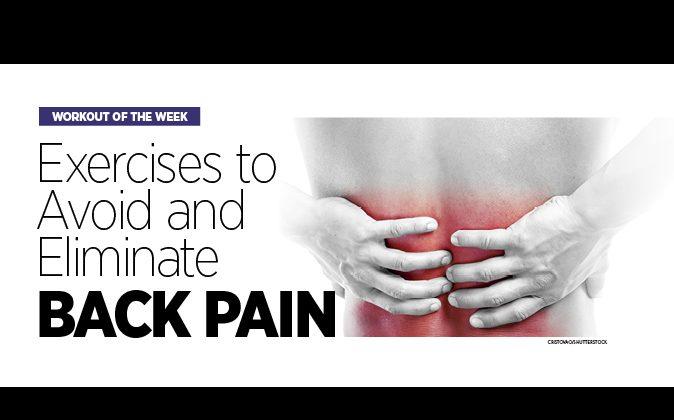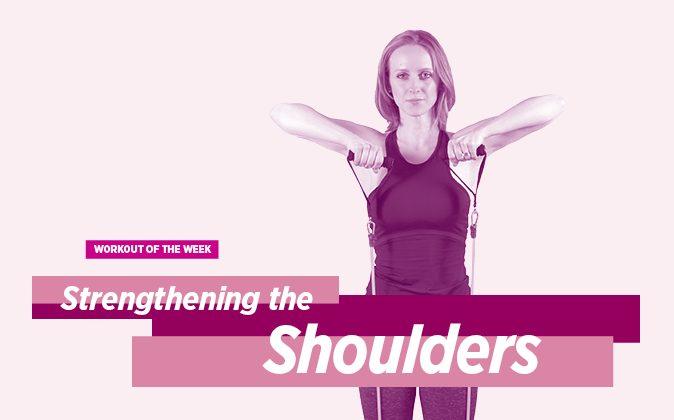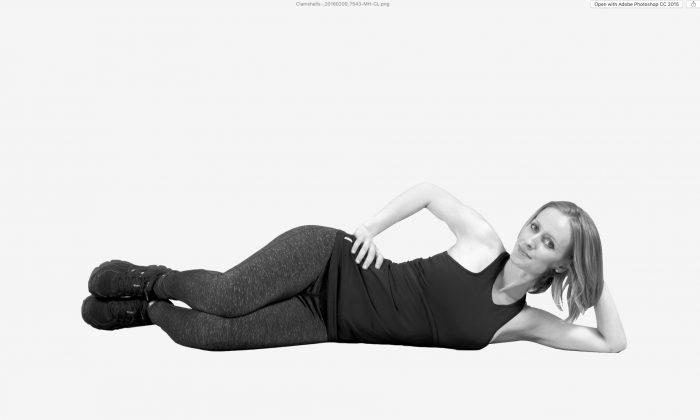The knee joint, criss-crossed by ligaments and serving as the shock absorber of the leg, is vulnerable to injury regardless of lifestyle. Highly active people can damage their knees through overtraining (“runner’s knee”) or acute injury (torn ACL), while a sedentary lifestyle can put extra pressure on the knee with improper movement, muscular imbalances, or additional weight.
These are some of the common lifestyle-related knee issues:
- Bursitis (inflammation)
- Ligament tears and sprains
- Meniscus tear
- Inflammation and tendon strains from overuse
The good news is that common knee issues can be effectively addressed with a small number of lifestyle modifications and exercises that strengthen and stabilize the muscles surrounding this delicate, load-bearing joint.
The primary consideration in the treatment of all joint dysfunction is that the body is an interconnected mechanical system. In other words, the movement of one part of the body affects the health and function of other parts of the body. Therefore, joint issues are rarely isolated in nature. The knees must be treated in a whole-body manner, simultaneously addressing movement patterns that affect the ankles, knees, hips, and more.
In that light, here are some easy lifestyle tips for improving the health of the knee joint.
Avoid High-Impact Exercise. Decrease or eliminate high-impact exercise, and incorporate low-impact cardiovascular exercise into your lifestyle. For people with chronic knee issues, this may mean taking a break from running or basketball.
Instead, use a stair-stepper or the elliptical machine to challenge your cardiovascular system and strengthen the quadriceps, hamstrings, and gluteal muscles. These exercises are low-impact yet high-intensity, and target important muscles that support the knee without pulling unnecessarily on the ligaments.
Ease Into New Activities. “New Year, New You” causes many people to jump into weight-loss resolutions, like running and weight lifting, with a January enthusiasm that leads to March injuries.
New sports and athletic activities should be a gradual endeavor, however, adding challenge week by week. The muscles, ligaments, and tendons of the knees need time to adjust to the demands of new movement patterns.
Stop When You’re in Pain. Stop exercising immediately when you feel pain. For fitness devotees, exercising through pain can be a familiar feeling. While you may be committed to maintaining your physique, pushing through twinges or jabs of pain can be disastrous for the long-term health of your joints.
Listen to these alerts because pain is not “weakness leaving the body.” It is a message that you are performing a move incorrectly or have already sustained an injury. Taking a break from a particular activity and adjusting your routine for a week can allow your body to recover.
In addition to these lifestyle modifications, here are four fast, easy strengthening exercises that support knee health. Perform these moves three times a week for maximum effect.
Wall Sits

Lean against a firm wall, and then slide your back down the wall so that your hips and knees are bent at 90-degree angles. Hold this position for 10 breaths. Then push yourself away from the wall, back to standing, and “walk it off.” Repeat three times.
Leg Lifts


Sit upright in a chair, placing your left foot flat on the floor and resting your right leg straight in front of you on a chair facing you. Contract your abdominal muscles, tighten the muscles in your right leg, and lift your right leg a few inches from the chair without bending the knee. Hold for three breaths. Then lower. Repeat three times, and then switch legs.
Single-Leg Calf Raises

Stand behind a sturdy chair, resting your hands gently on the back of the chair. Lift your left foot behind you so that your knee is bent at a 90-degree angle in a hamstring-curl position, and then stand on the toes of your right foot.
Keep your grip on the chair very light. Instead of gripping tightly, use muscular control to maintain your balance. Hold for three breaths and then lower. Repeat three times. Then switch legs.
Step-Ups


Stand in front of a sturdy chair, bench, or other hard surface approximately 2 feet high. Letting your arms move in natural opposition to your legs (as if you were walking), step onto the surface with your right leg and immediately pump your left knee up at a 90-degree angle to your body while straightening your right leg.
Step down to the floor with your left leg and immediately switch sides, keeping a steady beat. This move requires some practice to maintain a steady rhythm.
Perform 10 step-ups on each side. Then rest for one minute. Repeat three times.
If you take a period of rest or change your training, and knee pain persists, it’s time to see a physician.




Friends Read Free